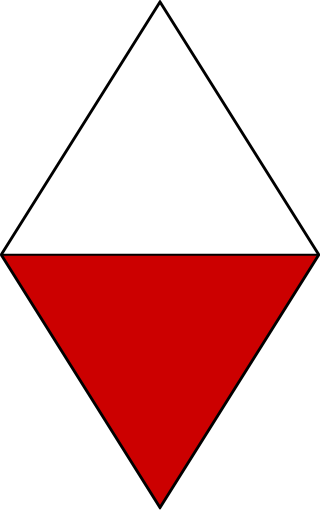
The 42nd Infantry Division was an infantry division of the British Army. The division was raised in 1908 as part of the Territorial Force (TF), originally as the East Lancashire Division, and was redesignated as the 42nd Division on 25 May 1915. It was the first TF division to be sent overseas during the First World War. The division fought at Gallipoli, in the Sinai desert and on the Western Front in France and Belgium. Disbanded after the war, it was reformed in the Territorial Army (TA), in the Second World War it served as the 42nd Infantry Division with the British Expeditionary Force (BEF) and fought in Belgium and France before being evacuated at Dunkirk. The division was later reformed in the United Kingdom and, in November 1941, was converted into the 42nd Armoured Division, which was disbanded in October 1943 without serving overseas. A 2nd Line duplicate formation, the 66th Infantry Division, was created when the Territorials were doubled in both world wars.
The 25th Infantry Brigade was a war-formed infantry brigade of the British Army that saw active service during both the First and the Second World Wars.
228th Brigade was a formation of the British Army in both the First and Second World Wars.
233rd Brigade was an infantry formation of the British Army in the First and the Second World Wars
The Northumberland Brigade was formed in 1908 as part of the Territorial Force of the British Army with four battalions of the Northumberland Fusiliers. The brigade was numbered as 149th (Northumberland) Brigade in 1915 and served with the 50th (Northumbrian) Division on the Western Front throughout World War I. Due to losses suffered in the Ludendorf Offensive in 1918, it had to be comprehensively reorganized. Reformed as the Northumberland Brigade post-war, it was broken up before the outbreak of World War II.

The 141st Brigade was an infantry brigade of the Territorial Army, part of the British Army, that served in the First World War and remained in the United Kingdom throughout the Second World War.
The 188th Brigade was formed in 1915 as a 2nd Line infantry brigade of the British Army's Territorial Force. It commanded four battalions of the Northumberland Fusiliers in the Home Defence role. It was broken up in November 1916 as its battalions were posted away.
The 197th Brigade was an infantry brigade formation of the British Army that saw distinguished active service in both the First and Second world wars.
215th Brigade was a Home Service formation of the British Army during the First and the Second World Wars.
The 216th Brigade was a Home Service formation of the British Army during the First and the Second World Wars.

The 218th Brigade was a Home Service formation of the British Army during the First and the Second World Wars.

The 219th Brigade was a Home Service formation of the British Army during the First and the Second World Wars.
220th Brigade was a Home Service formation of the British Army during the First and Second World Wars.
The 222nd Infantry Brigade was a Home Service formation of the British Army that existed under various short-lived titles in both the First and Second World Wars
72nd Division was a short-lived infantry division of the British Army during World War I. It served in the Home Defence forces and never went overseas.
The 144th Infantry Brigade was an infantry brigade of the British Army that saw active service in the First World War and again in the early stages of the Second World War before being reduced to a reserve brigade and remained in the United Kingdom for the rest of the war. In both world wars the brigade served with 48th Division.

The 3rd Reconnaissance Regiment (NF) was a regiment of the Reconnaissance Corps, which was itself part of the Royal Armoured Corps, raised by the British Army during the Second World War.

The 2nd Northumberland Rifle Volunteer Corps, also referred to as the Tynemouth Rifles, was an infantry unit of Britain's part-time force, the Territorial Army. The corps was raised during the expansion of the Volunteer movement in the 1850s and then served with the Territorial Force during the First World War. It converted to an anti-aircraft role just prior to Second World War, and continued to serve until it was amalgamated in 1950.





